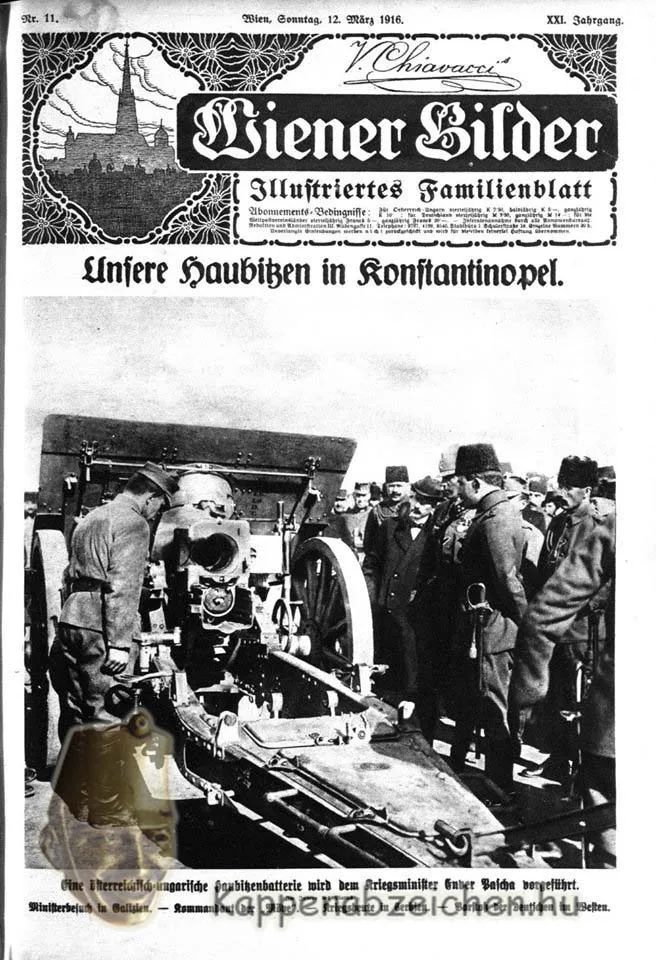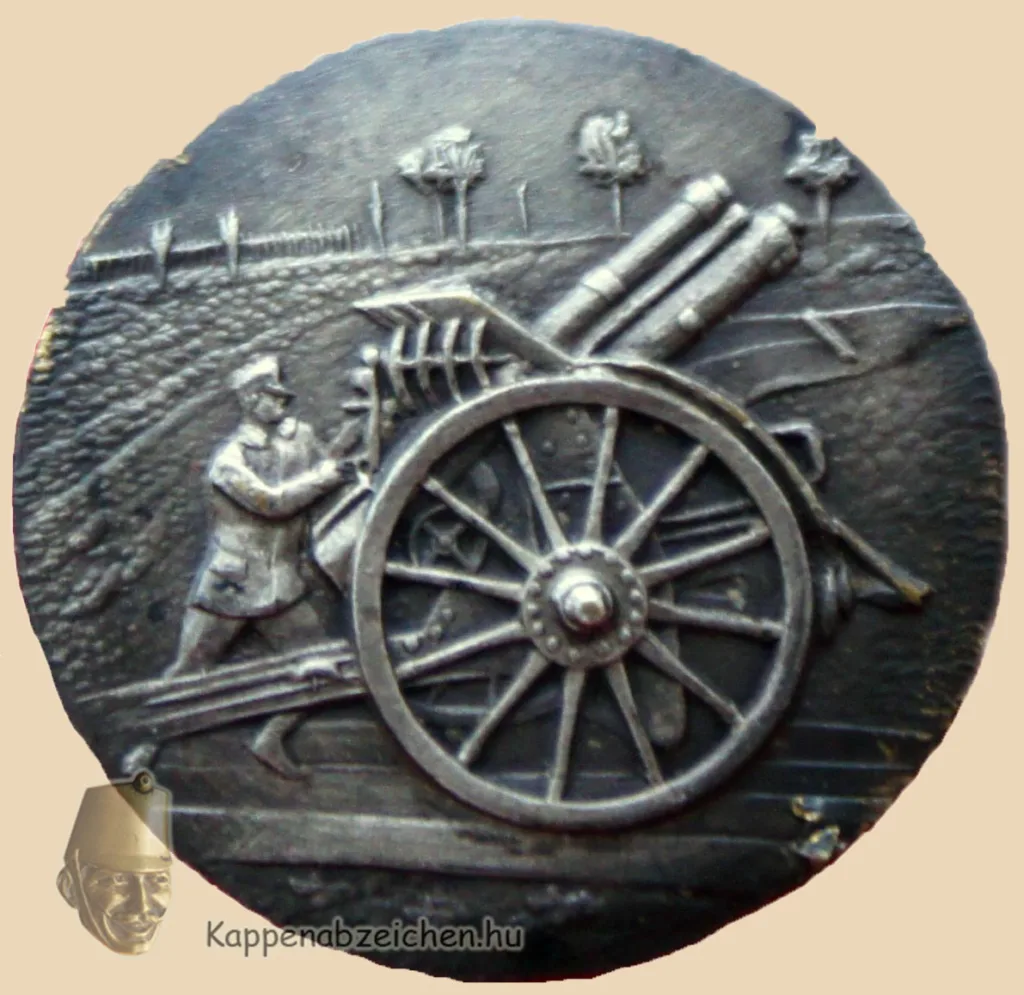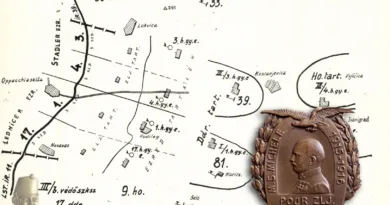September 1918
The fall of 1918 brought the collapse of the Central Powers. The completely exhausted Monarchy, as well as Turkey and Bulgaria, reached the ultimate limit of their ability to perform. The troops were in a physically degraded state, insufficient and declining material supplies, and the turbulent hinterland predicted disaster. This happened first on the Turkish front.
Under the attack of the British troops, the Turkish forces had already been retreating for a year, but they were able to slow down the pace of the British advance with counterattacks. German and Austro-Hungarian soldiers sent to Palestine were also helping the Turkish troops. The commander-in-chief of the front was also a German general (Friedrich Kreß von Kressenstein, then Erich von Falkenhayn, later Otto Liman von Sanders). The Germans helped the Turks with one corps (Asia Corps), the Monarchy with artillery batteries and technical troops. The allies were able to temporarily stop the British attacks near Gaza and then Amman.

In September 1918, the British finally achieved a decisive breakthrough on the Palestinian front. On the 19th, relying on their overwhelming air superiority, they successfully attacked the stations of the allied headquarters in Tul-Kerim, Nablus and Afule. After the subsequent frontal breakthrough, the attacking mounted corps quickly advanced along the beach and got behind the defenders. It is typical that due to the lightning-fast attack, the defenders’ headquarters in Nazareth could not be evacuated either. At dawn on September 20, the staff who were still sleeping there were surprised. After that, the mounted British troops occupied all of Palestine in a flash, first Amman on September 24, Daraa on the 27th, and Damascus on October 1. Turkey was forced to conclude an armistice on October 30, assuming heavy territorial losses.

The Austro-Hungarian artillery stationed in the area was not captured, but suffered significant losses during the retreat. The 24 cm mortar battery covered the movements of the retreating 8th Army on the coast until September 21. After that, the troop retreated along the coast, reaching Constantinople on the 27th. The retreat of the von Marno division was even more difficult. The confused, disorganized fleeing troops were surprised by British planes attacking low in one of the mountain passes. In the resulting panic, all the guns of the 4/1 battery fell into a ravine. Later, the rest of the battery also reached the Turkish capital. Other batteries joined German units from the East side of the Jordan to march through the desert and reached Damascus after a week of wandering, only to immediately retreat to Aleppo. This part of the Austro-Hungarian contingent in Syria was taken prisoner of war by the British.

The badge attached to the post shows a 15 cm howitzer. The Monarchy also sent such a cannon in to reinforce the Marno Mountain Artillery Division in Palestine. The attached newspaper article depicts one of the 15 cm guns with Turkish observers. The beautiful car photo shows the leaders of the Monarchy’s military contingent by the Bosphorus in 1915. The map shows the front breakthrough and the encirclement operation targeting the headquarters in Nazareth.



